In Singapore, all socket outlets intended for use by ordinary persons and are intended for general use needs to have RCD protection, with rated residual operating current of not more than 30mA.
In addition, the 30mA RCDs (type AC and A) used here have faster tripping time requirements, as shown below.

It is also a common practice in both industrial and commercial work settings, that the premises’ owner requires the vendor/contractor to use portable RCD (PRCD) whenever an electrical appliance / equipment is being connected to the socket outlet.
PRCD is designed to be plugged into any standard socket-outlet. An appliance / equipment can then be plugged into it. It provides additional protection against electrocution to the person in contact with the appliance/equipment (and its cable/wirings). Typical trip ratings are 10mA and 30mA.
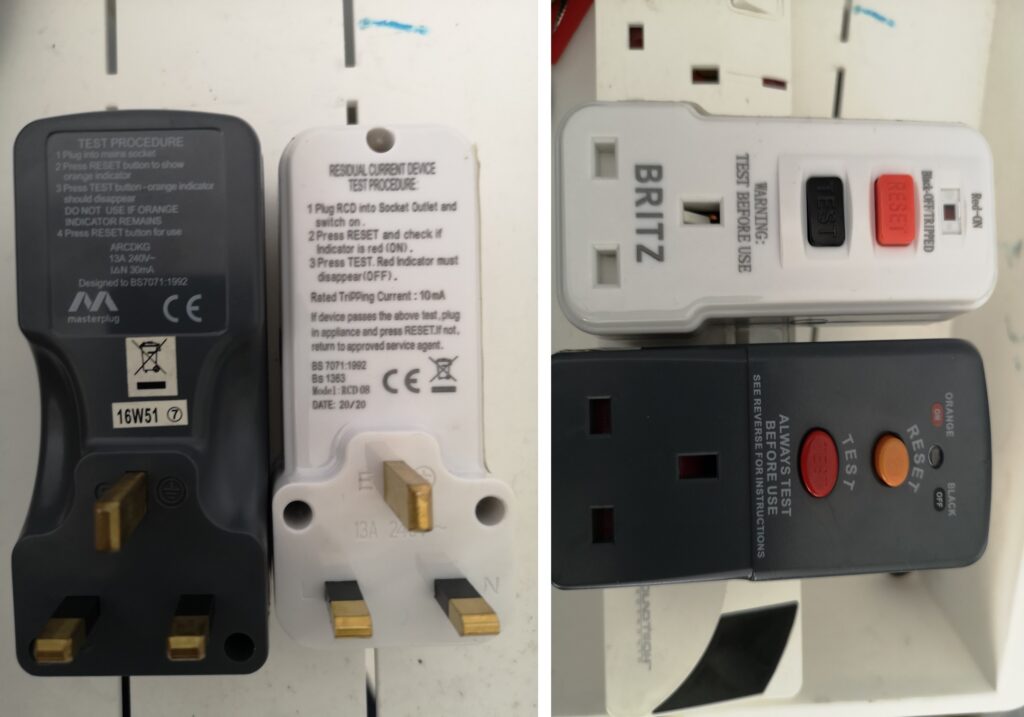
It is sometimes taken for granted that this PRCD will trip first before the Distribution Board’s RCD when there is a fault at the particular appliance/equipment. While this is the ideal outcome, it is not necessarily so even if one were to use a 10mA PRCD.
Here, three numbers of 10mA PRCDs were tested under different scenarios.
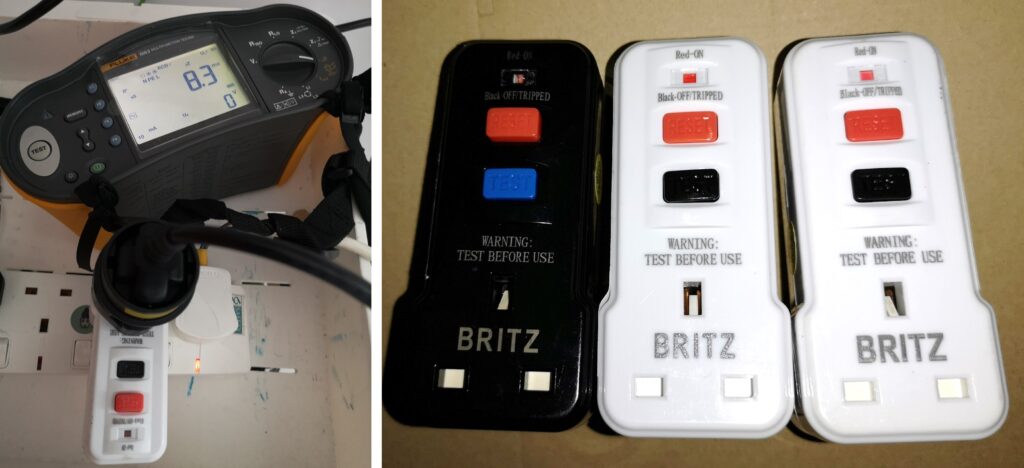
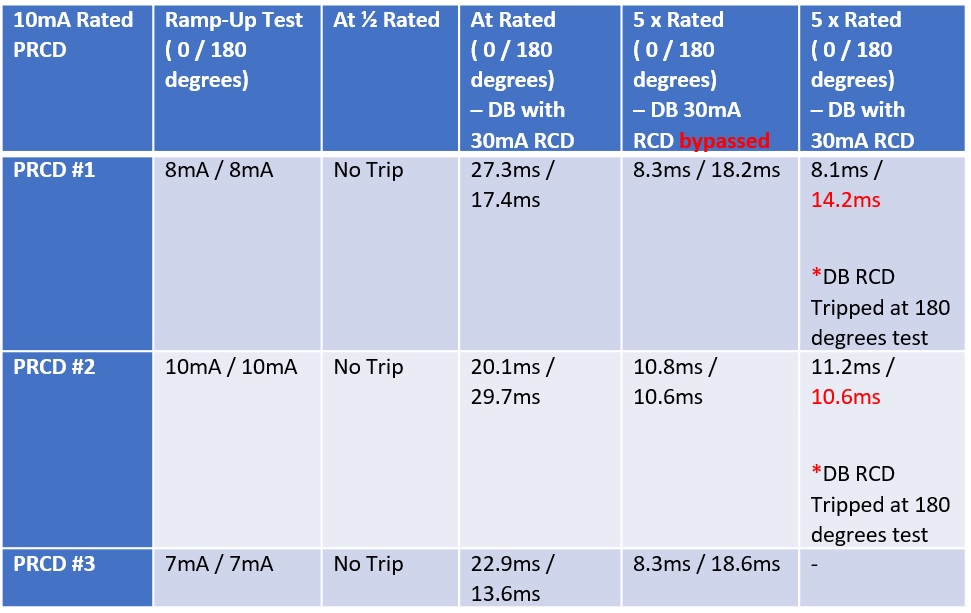
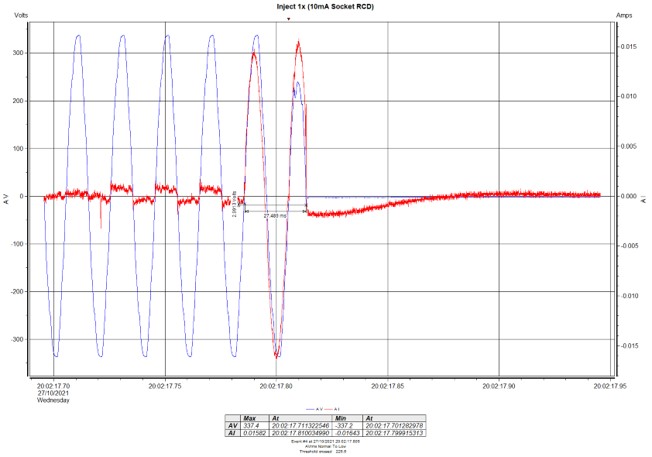
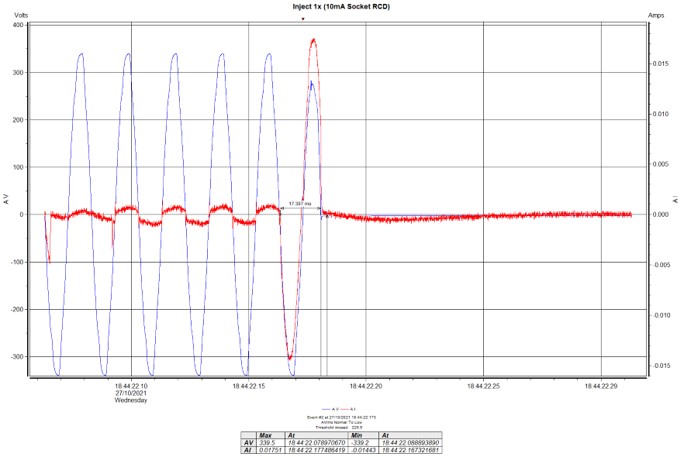
These simple tests have shown that it is possible for the Distribution Board’s RCD to trip due to a fault at the ‘PRCD-protected’ appliance/equipment.
It very much depends on
- Background leakage current at the Distribution Board
- Leakage / fault value at the appliance/equipment
- Trip characteristics of the Distribution Board RCD and the PRCD